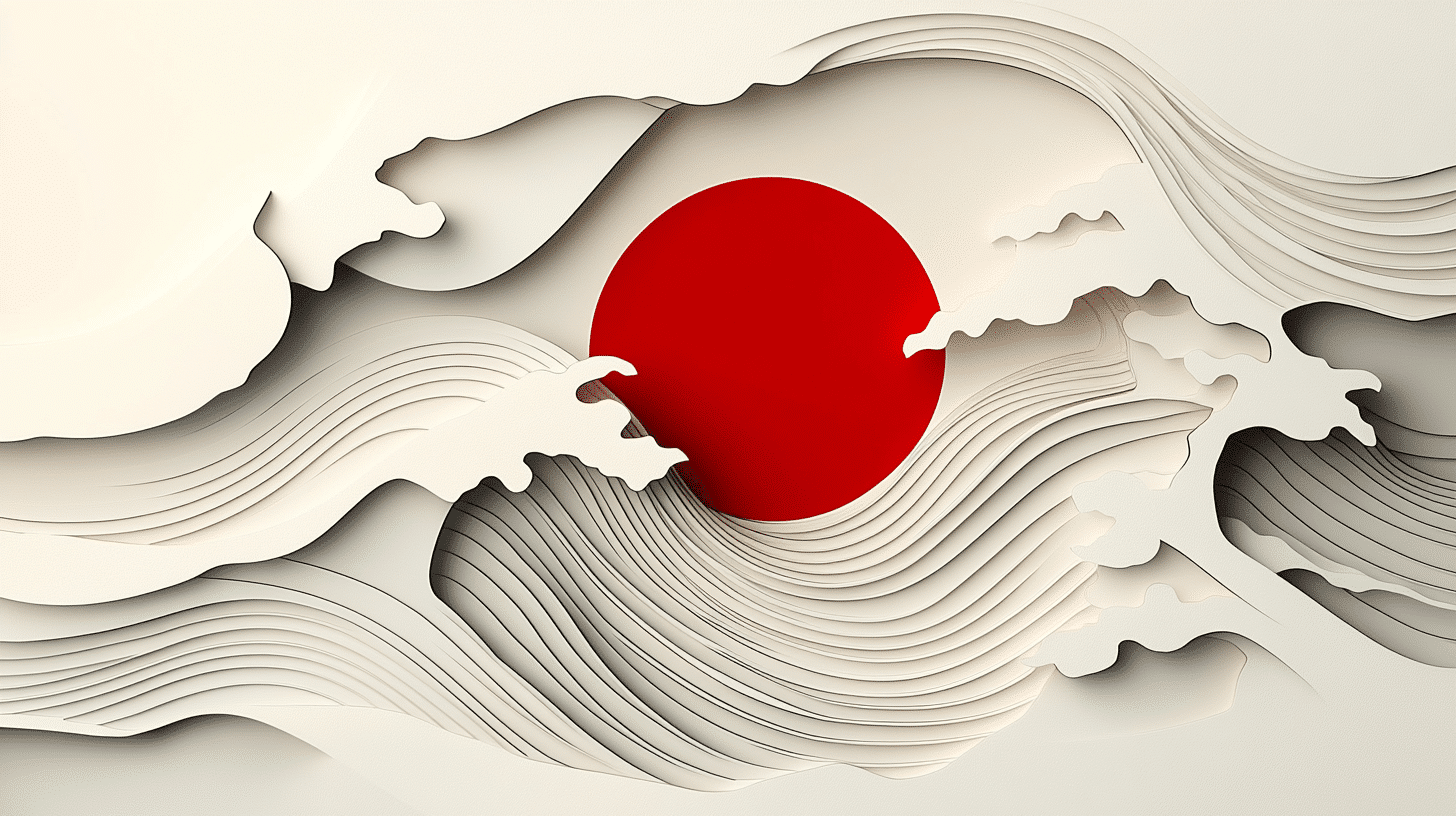What is Kodomo no Hi (Children’s Day)?
Kodomo no Hi, known as Children’s Day in Japan, is celebrated annually on May 5th. This national holiday is part of Golden Week, a series of holidays in Japan. Originally known as Tango no Sekku, a day for boys, it has evolved to celebrate the health, happiness, and well-being of all children, as well as to express gratitude towards mothers. The day features traditional decorations and activities that highlight the hopes for children to grow up healthy, strong, and brave.
History and Origin
Kodomo no Hi was originally called Tango no Sekku and was celebrated as Boys’ Day, while Girls’ Day (Hina Matsuri) took place on March 3. In 1948, the government renamed Tango no Sekku to Kodomo no Hi to celebrate the personalities and happiness of all children and to appreciate the mothers. Traditions such as flying carp-shaped koinobori flags, displaying samurai dolls, and wearing kabuto (samurai helmets) symbolize strength and vitality, reflecting parents’ wishes for their children to grow up healthy and strong.
Who Celebrates Kodomo no Hi?
- Families: Celebrate their children’s growth and happiness through various traditional and festive activities.
- Communities: Organize events and activities where children can play and learn about traditional Japanese culture.
- Schools: Often participate by teaching students about the holiday’s history and cultural significance.
- Cultural Institutions: Museums and cultural centers may host special exhibits or workshops related to Children’s Day.
Themes and Slogans
The central theme of Kodomo no Hi revolves around celebrating children’s growth, health, and strength. There are no specific slogans, but the day emphasizes the virtues of respect, strength, and family bonds.
Colors, Symbols, and Patterns
- Colors: Vibrant colors dominate, especially in the carp streamers, where black, red, blue, green, and purple are prominent.
- Symbols: Koinobori (carp streamers), samurai helmets (kabuto), and samurai dolls represent strength and perseverance.
- Patterns: The carp is used for its symbolism of strength and success; samurai-themed decorations reflect courage and bravery.
Most Used Hashtags
- #KodomoNoHi
- #ChildrensDayJapan
- #GoldenWeek
- #Koinobori
- #JapaneseCulture
How to Celebrate
- Display Koinobori: Set up carp streamers outside homes to wish children a future full of growth and strong health.
- Exhibit Samurai Dolls and Helmets: Display these as symbols of strength and protection in the home.
- Enjoy Traditional Foods: Kashiwa mochi (rice cakes wrapped in oak leaves) and chimaki (sweet rice paste wrapped in bamboo leaves) are commonly eaten on this day.
- Participate in Cultural Events: Attend or participate in local events showcasing traditional Japanese games and activities.
- Learn About Japanese Traditions: Use this day as an opportunity to educate children about Japanese culture and the significance of this holiday.
Kodomo no Hi is not just a celebration of children’s health and happiness, but also a day for families to come together, appreciating the roles each member plays in supporting and nurturing one another. This vibrant holiday provides a wonderful insight into Japanese cultural values and the importance placed on family and community.
May 5: Kodomo no Hi / Children’s Day (Japan)
Why do you keep falling for the same type?
Read the article Lovemaps: the hidden blueprint of our love.

